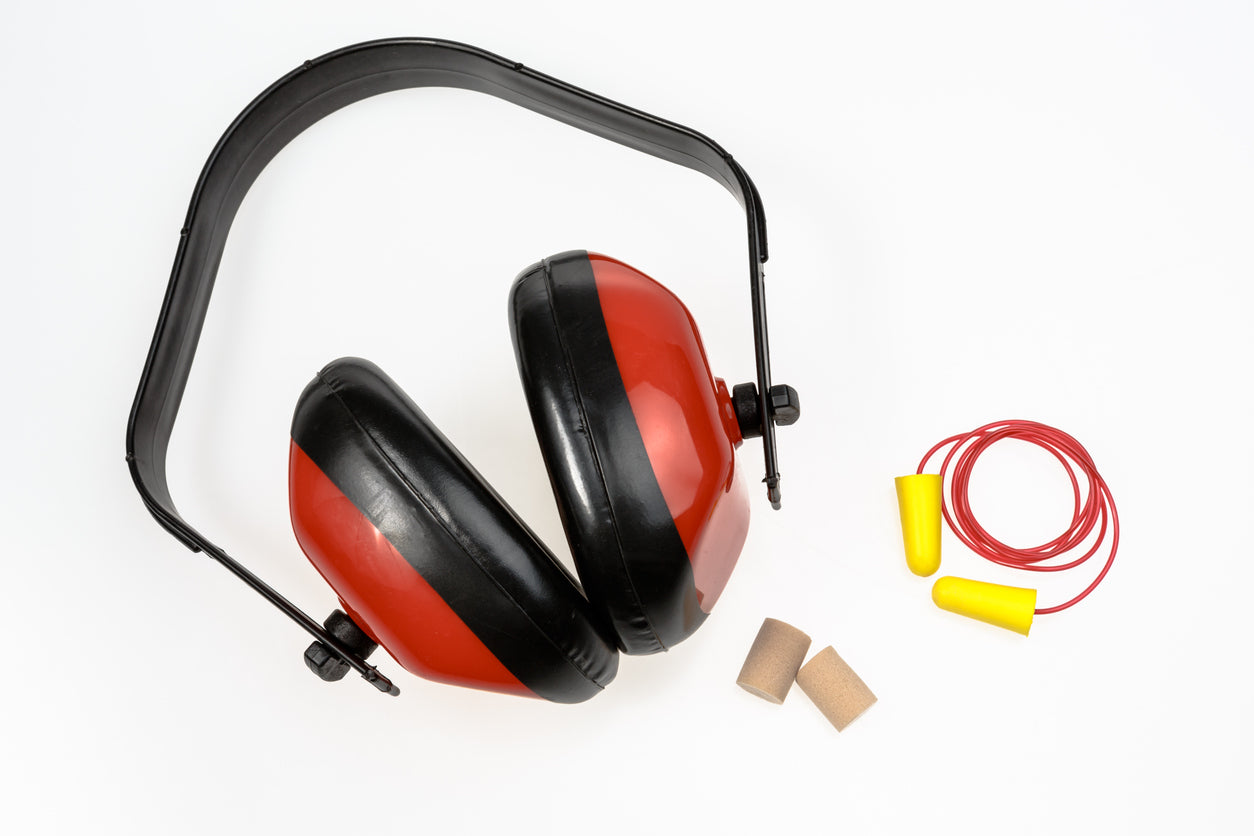When choosing between ear muffs and ear plugs for ear protection in a construction zone, both options have their advantages and are effective depending on the specific needs of the environment. Here’s a comparison to help determine which might be better for your situation:
Ear Muffs
Advantages:
- High Noise Reduction: Generally offer higher noise reduction ratings (NRR) and are effective in very noisy environments.
- Comfort: Often more comfortable for extended wear due to their padded cups and adjustable headbands.
- Ease of Use: Simple to put on and take off. No need to insert them into the ear canal.
- Durability: Typically more durable and can be used in harsh environments without the risk of loss or damage.
Disadvantages:
- Bulkiness: Can be bulky and might interfere with other personal protective equipment (PPE), like safety goggles or hard hats.
- Heat Build-Up: Can cause heat and sweating around the ears, which might be uncomfortable in hot environments.
- Limited Hearing Protection: May not provide as much protection in extremely high noise environments as some advanced ear plugs.
Ear Plugs
Advantages:
- Comfort and Discreteness: Generally more discreet and comfortable for some users, particularly in hot or humid environments where ear muffs might cause overheating.
- Compatibility: Typically easier to use in conjunction with other PPE, such as hard hats and safety glasses.
- High Noise Reduction: Some ear plugs provide excellent noise reduction, especially custom-molded or high-performance foam plugs.
Disadvantages:
- Insertion Technique: Proper insertion is crucial for effective protection. Incorrectly inserted ear plugs may not provide adequate noise reduction.
- Hygiene and Maintenance: Disposable ear plugs need to be replaced regularly, while reusable ear plugs require proper cleaning and maintenance.
- Comfort: Some users find ear plugs uncomfortable for long periods or have difficulty getting a good seal.
Choosing the Right Protection
- Noise Levels: For extremely high noise levels, combining both ear muffs and ear plugs (known as dual protection) can offer the best protection.
- Comfort and Fit: Choose based on comfort and fit, especially for prolonged use. Test different types to find what works best for you.
- Environmental Conditions: Consider the working environment. For hot or humid conditions, ear plugs might be more comfortable, while ear muffs are preferable in very noisy conditions.
Conclusion:
Both ear muffs and ear plugs can provide effective hearing protection when used correctly. The best choice often depends on the noise levels, comfort preferences, and specific work conditions. For maximum protection, especially in extremely noisy environments, using both ear muffs and ear plugs together is recommended.

